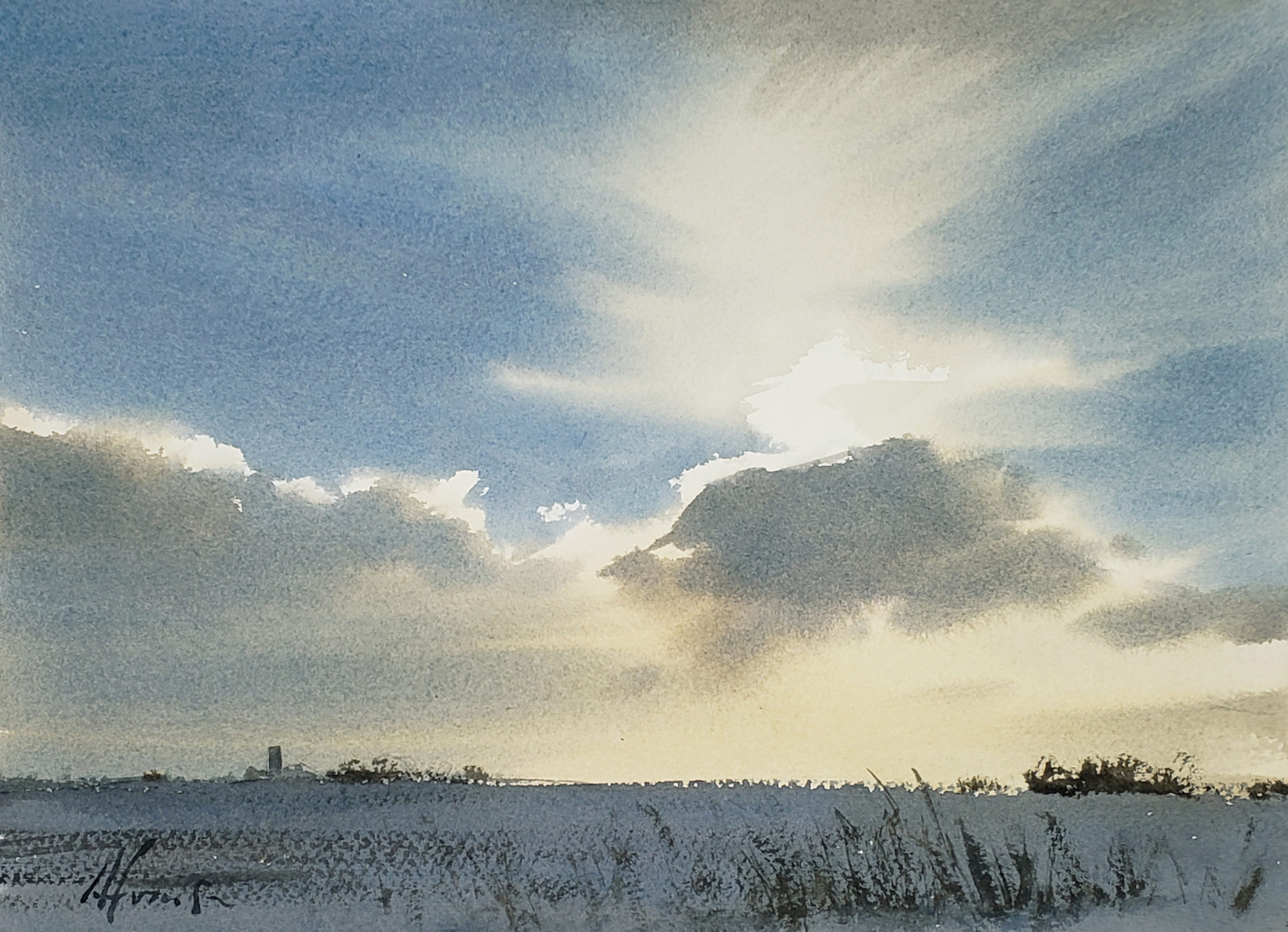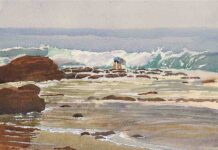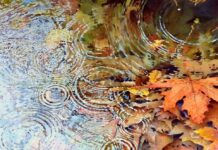“Lost edges add an element of mystery and looseness to a painting,” says Andy Evansen. “To achieve that effect in watercolor, I paint large shapes and work on damp paper in the early stages of a piece, covering the entire surface with pigment in a matter of minutes. Working this way, I’m forced to make decisions fairly rapidly and don’t have time to overanalyze the details. I have to stay focused on what’s important and not sweat the small stuff, which I’m sure I would be inclined to do if I was working with a slow-drying medium such as oil. I was a medical illustrator for over 20 years, and it’s not easy to transition from that extreme accuracy to painting an impression.”


LOST EDGES DEFINED
Lost edges are a soft gradation between two adjacent shapes. They indicate movement and atmosphere, and allow the viewer’s eye to move easily from one area to another.

For more inspiring stories like this one, sign up for our free weekly e-newsletter.







